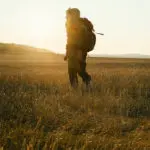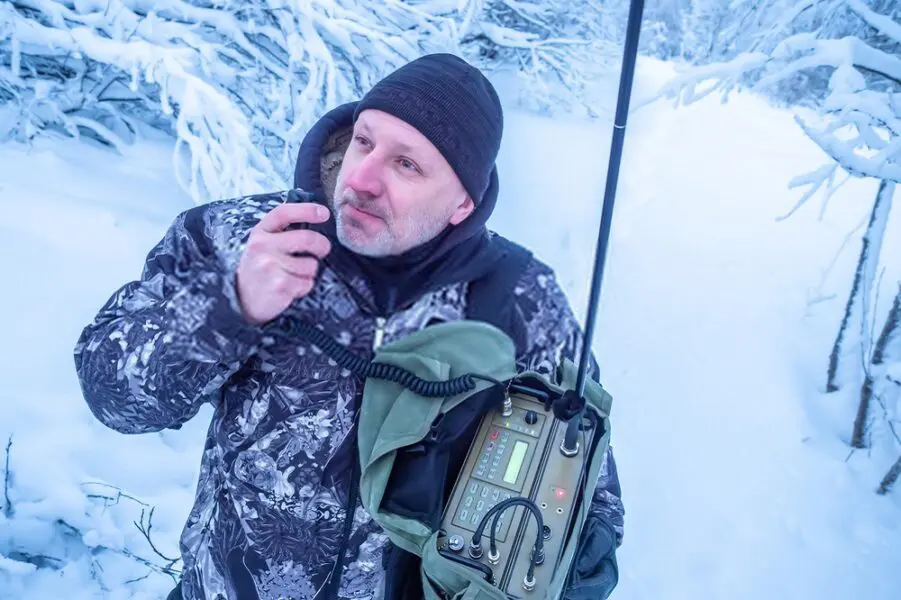Even though it is the 21st century and there is an enormous amount of technology, you can’t really trust it. We have witnessed many breakages in connection and overall issues of communication. To be truly prepared for survival, you need to have something that would allow you to connect with others in an emergency.
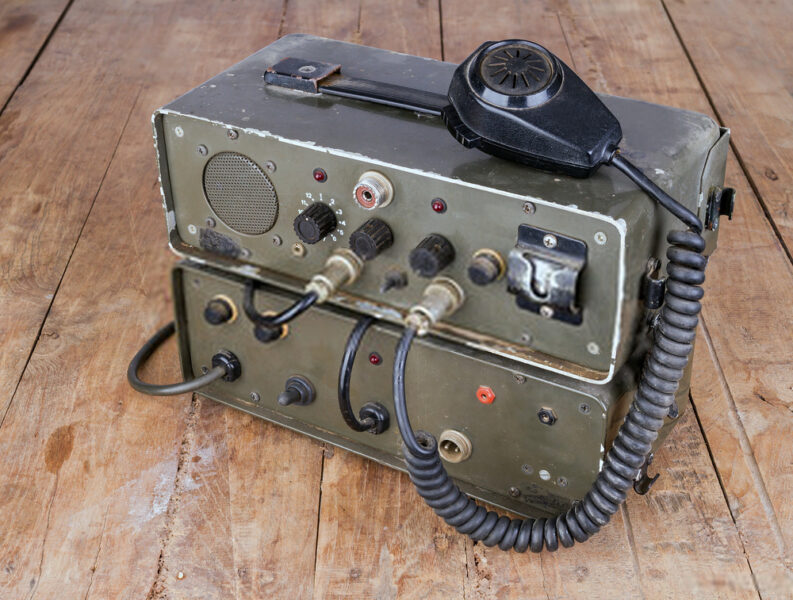
Now, we’re not necessarily saying that the Apocalypse is arriving anytime soon, it could be a problem much simpler, such as getting lost in the woods or getting stuck on a glacier (not the simplest of issues, I know.) If such a case occurs, your best friend would be a radio, and I’m not talking about walkie-talkies, but more reliable sources for communication. In this article, we are going to look through a few different types of radios for survivalists and preppers, which you could use to contact the outer world when in need.
Civilian Radios: The Types
Amateur “Ham” Radio
The Amateur “Ham” radio was created far back in the 19th century and has been far improved since then. It’s an extremely common type of radio, as it is used for non-commercial communication, and it’s used by people from all walks of life – whether you are a medic or a survivalist, this is the radio for you. Bear in mind that by non-commercial, we mean the ham radio cannot be used for profitable causes and attracting an audience.
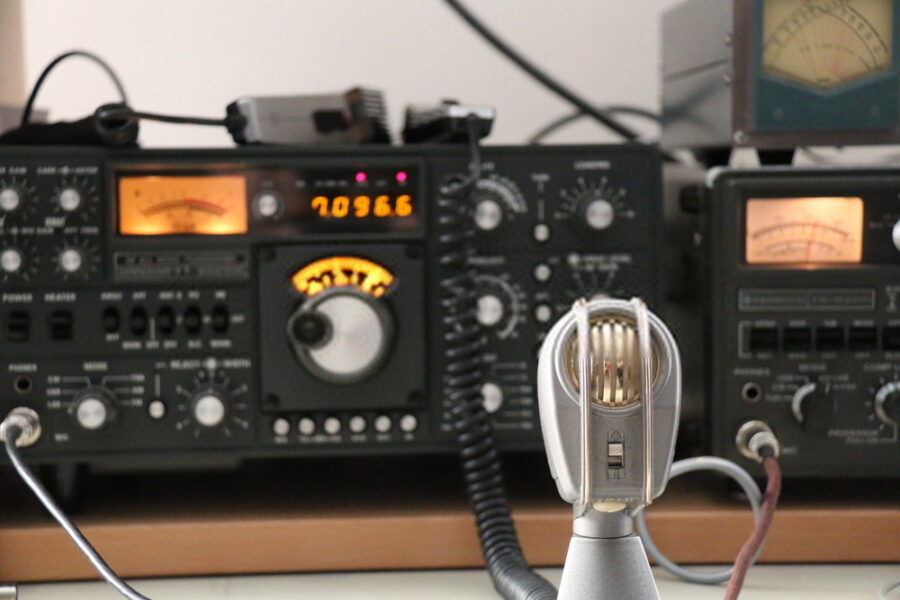
Its sole purpose is to reach people in times of need, should you not be able to contact them any other way. The common Ham radio is between 5-8 watts, and it has the widest range of frequency options. Thus, it could assist you in any kind of situation, even if you’re on the top of a mountain. The Ham radio is the perfect choice for preppers and survivalists as it’s quick and easy to use, whether you’re in the city or the woods. It allows you to talk to nearby emergency services, as well as listen to any new reports and announcements.
The Ham radio can use high-frequency bands (HF) between 1.8-1300MHz; therefore, you can reach people who are hundreds of miles away. Its 5-8-watt ability puts it on top when considering the power of the radio. Furthermore, if you are worried about your budget, you can find cheap versions of the ham radio due to the diverse options and forms. And it is easily portable.
Citizens Band (CB)
Another type of emergency radio would be the Citizens Band radio. Unlike some versions of the ham radio, where you might need a license, there is no such necessity with the CB radio. Thus, some people you may contact through the CB radio might not be the most pleasant. This is also because the radio operates solely between 26-27MHz, which makes it far more crowded.
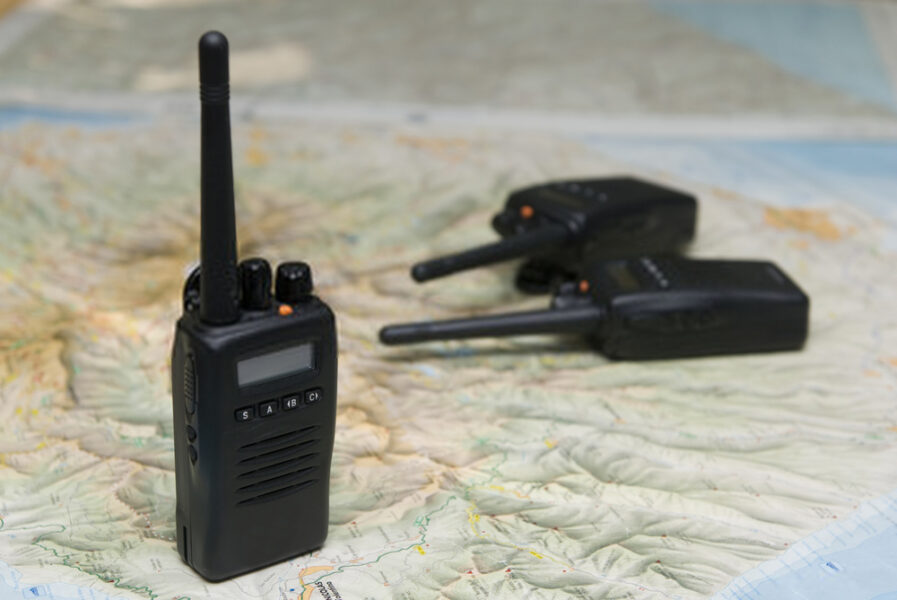
The large number of people that use the CB can lead to an inability to reach help when you might need it. The CB is a more complicated type of radio, it needs bigger antennas, and its power is limited to 4 watts. It’s more powerful than some radios, and it could be handy for some, but we don’t think it is the first choice when picking a survival radio.
Family Radio Service (FRS)
The Family Radio Service is a walkie-talkie radio system that allows families or groups of people to talk to each other when needed. This radio service uses frequencies between 462 and 467MHz; therefore, there is a lesser opportunity for interference, unlike the Citizens Band. The FRS uses frequency modulation (FM); however, its power is narrowed to 2 watts.
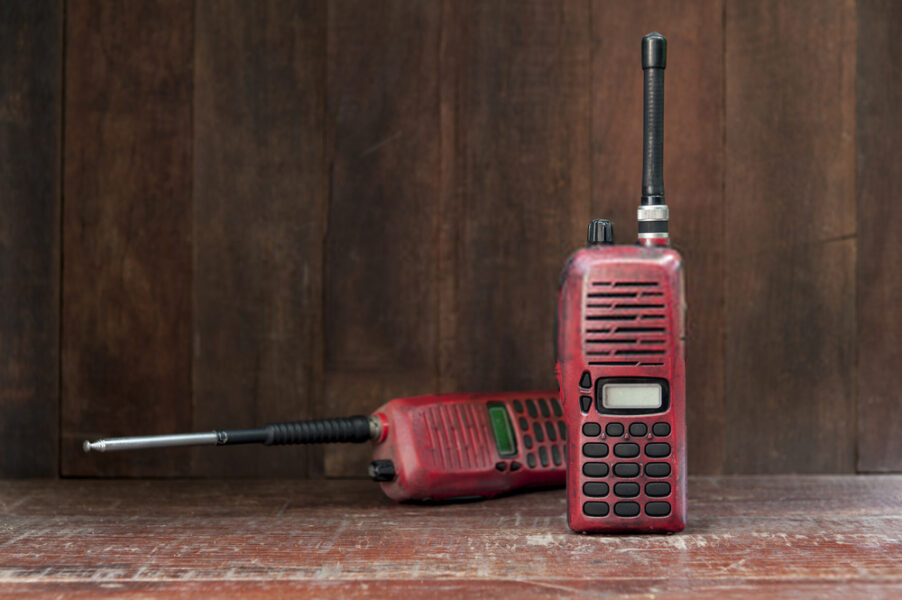
A great perk of the FRS is the tone codes that filter out unwanted chatter from users on the same frequency. However, this doesn’t make it private, as there is always the chance of someone listening in on your conversation. FRS radios have permanently attached antennas and cannot be replaced.
Depending on your environment, the range can differ from 0.30 to 30miles. If you’re looking for something that could help your family keep in touch, the FRS could be the radio for you, despite its challenges.
Multi-Use Radio Service (MURS)
MURS is a two-way radio which is used at short distances and is designed for the general public. Therefore, it might not be the perfect radio for preppers and survivalists, who need something more adaptable to conditions and thus more dependable. It is a radio that doesn’t need a license to operate, and it operates between 151-157MHz.

The range of the radio can depend on its antennas; thus, if external antennas are applied, it can reach a range of up to 10 miles and more. The power of the MURS radio is 2 watts. The areas of operations in which the MURS radio can be used are limited and don’t include Europe or Canada. There are some products created with MURS in the background, such as goTenna, and they are aimed at preppers and survivalists.
General Mobile Radio Service (GMRS)
The GMRS radio is very similar to the FRS, and in 2017 a crossover was created between the two due to their similarities. The GMRS is an FM radio service that is meant for two-way communication over a short distance, with a range that could go up to 20 miles, depending on the model of the radio. GMRS is typically portable, handheld devices, similar to the FRS walkie-talkies.
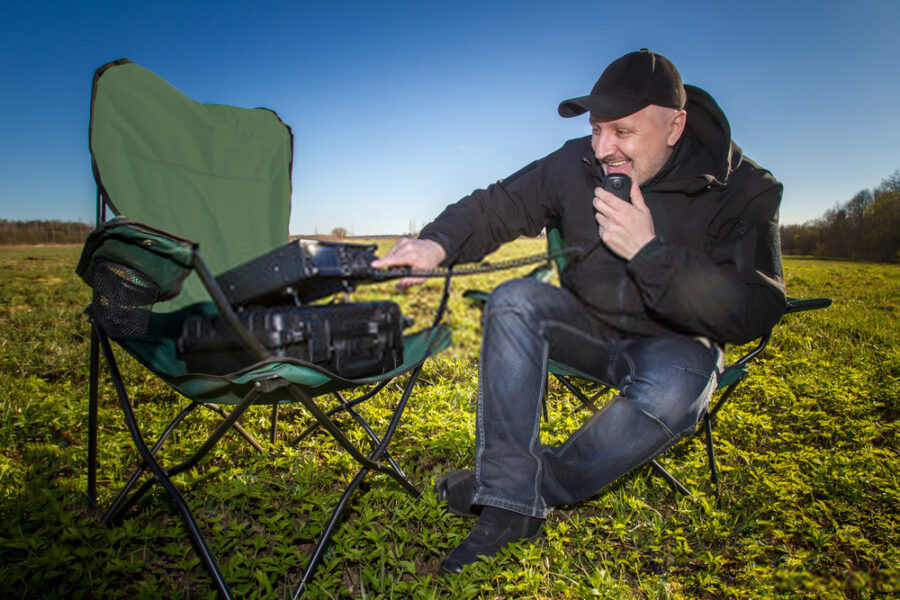
And just like the FRS, they have a frequency of 462 and 467MHz. Thus there might be some traffic. They are upper high frequency (UHF) radios, and most products have power between 3-5 watts. For you to use the GMRS, you would need a license, which could be costly but teaches you all you need to know. GMRS also allows radio repeaters, and they are permitted for use in the United States.
How to Choose a Radio for Survival?
Some of the radios we talked you through might not be compatible with hardcore survivalists and people going on long adventures. When choosing a radio, it’s good for you to think of the following:
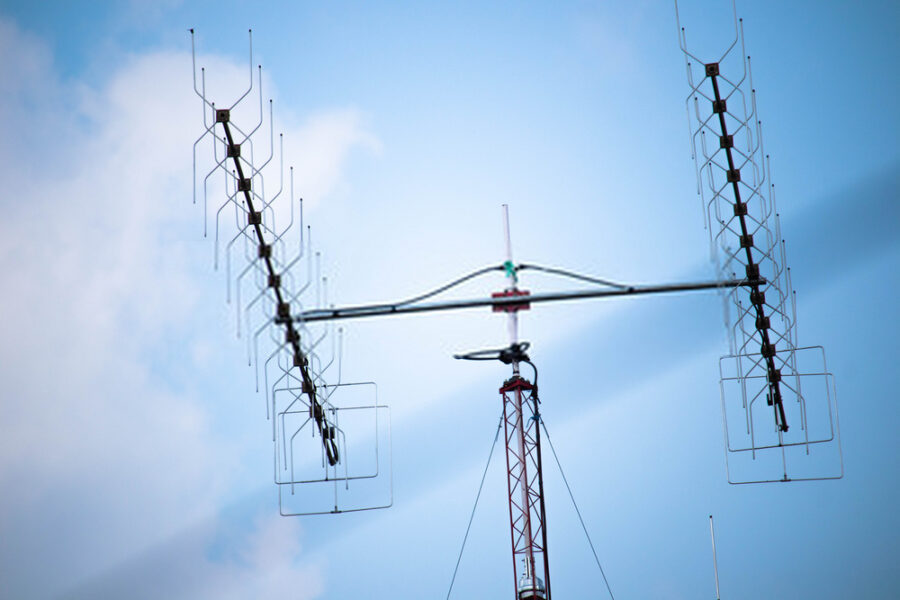
- Range – where are you going? How far do you want to reach?
- Power – is the radio powerful enough to satisfy your needs?
- Type – is it a handheld radio or a base station radio?
- Endurance – will the radio survive in tough situations and environments?
- License – do you need licensing to use this radio, and can you afford it?
After you have answered those questions, you can take a look at the proposed radios and see which best fits your needs.
Best Radio for Preppers (Our Choice)
Through the crowd of preppers and survivalists, we learned that the most common choice would be the Ham Radio, and if you’re looking for quality, we advise you to check out the ham radio. There are several reasons why the ham radio is the best option in our (and many others’) opinions. Perhaps, one of the most important reasons would be the ability to hear and speak to local emergency services, such as police, medics, etc.
Depending on the type of ham radio and bands your using, the range it can reach can differ; however, it’s still much better than any of the other radios. Furthermore, the range of frequencies the ham radio can reach is much wider than any of the others. Therefore, it’s far less likely for it to get crowder or for interference. The high-frequency bands of the ham radio are the best bands because they are able to reach hundreds of miles without dependence.
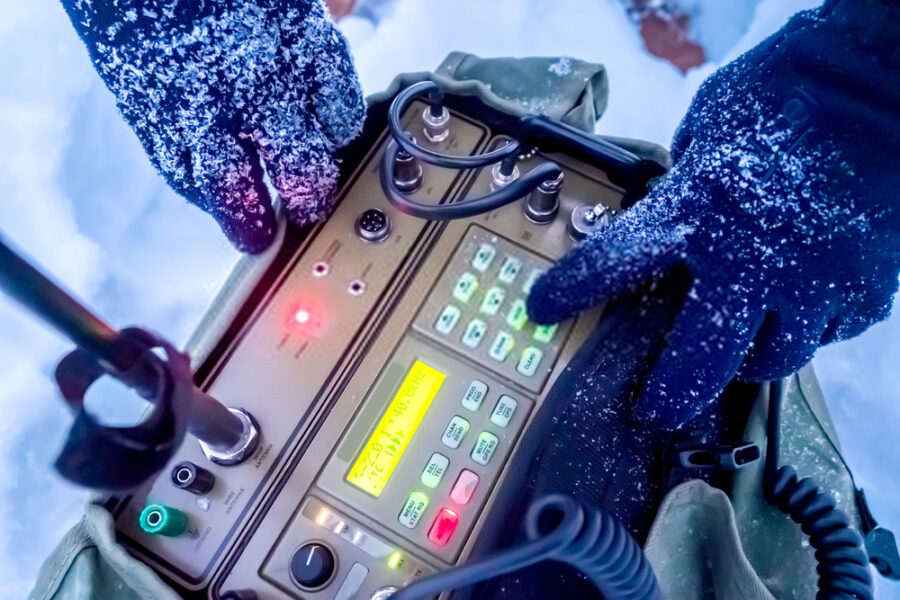
Finally, the ham radios are the most powerful radios, with the handheld radios between 5-8 watts, while base stations can reach up to 1500 watts. Our choice of ham radio for preppers is supported by many and is by far the most common radio among preppers.
Unlike the ham radio, some don’t require a license to use; therefore, you have to learn to use them. Most come with instructions, and there are many how-to videos proposed by manufacturers if you aren’t confident in your radio skills. Don’t you worry, you’ve got this.

